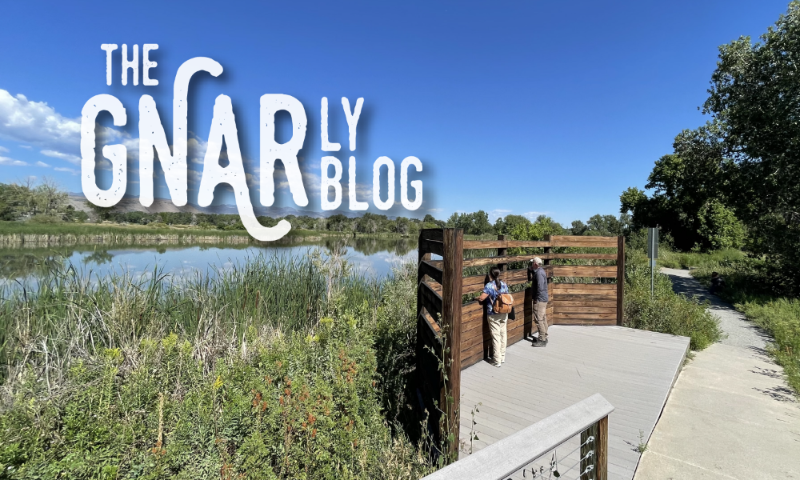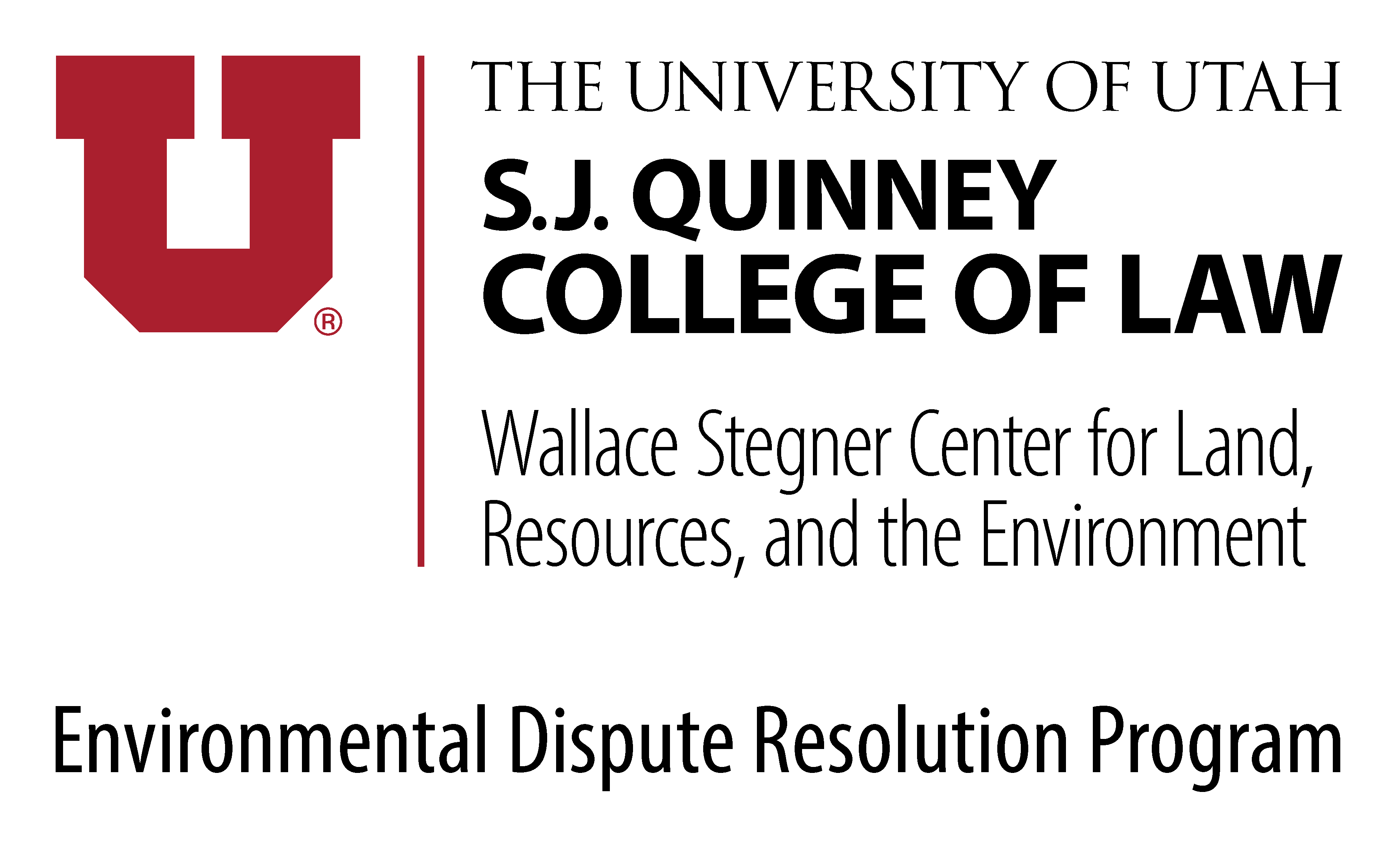Shaping Communities & Sensitive Lands: The Triple Bottom Line the Managing Recreation in Sensitive Lands
Western states are often characterized by a strong connection between clean water, abundant wildlife, productive agriculture, and cultural heritage, which has provided a high quality of life for generations. Planning for sensitive lands in concurrence wit...

















